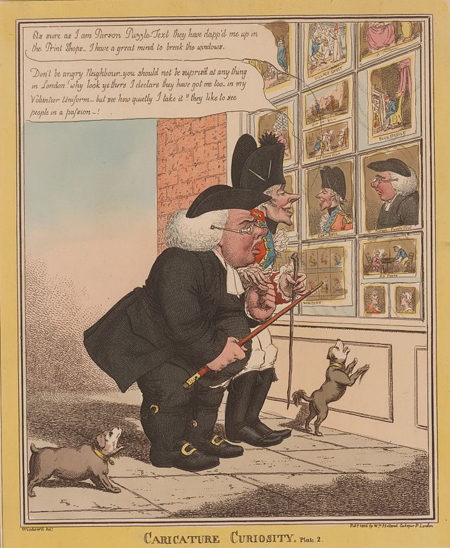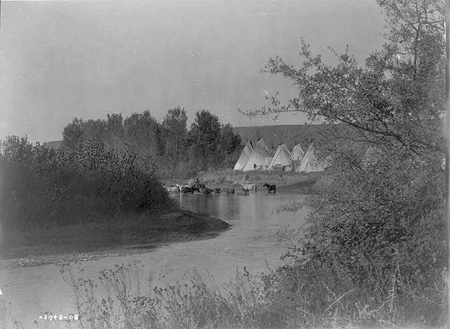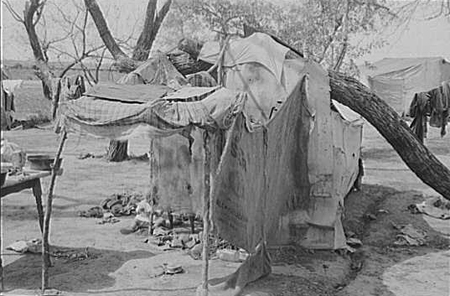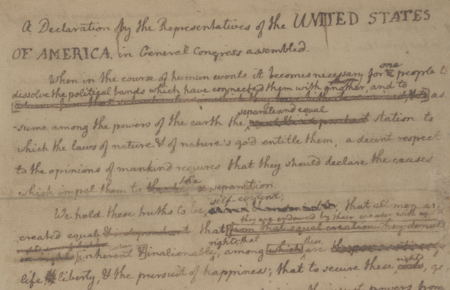Selecting Primary Sources: Point of View & Perspective
When teaching a topic with primary sources, it is important to provide multiple sources that represent a variety of points of views and perspectives. Doing so provides students with practice in critical thinking and evaluating evidence and arguments, skills emphasized by the Common Core English Language Arts Standards (CCSS), particularly CCSS anchor reading standards 4, 6,…





